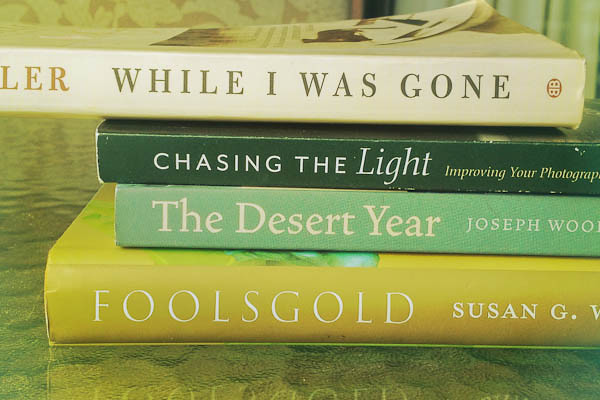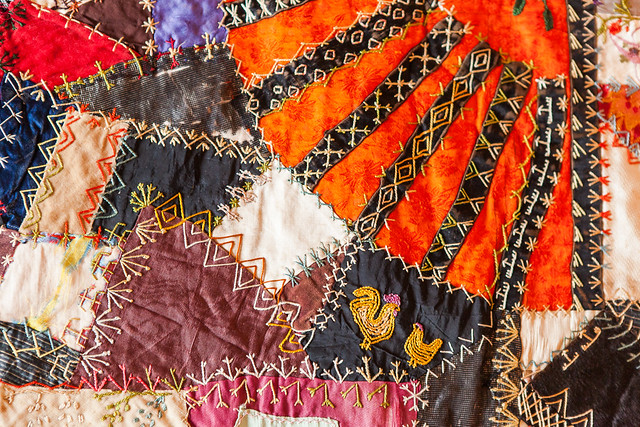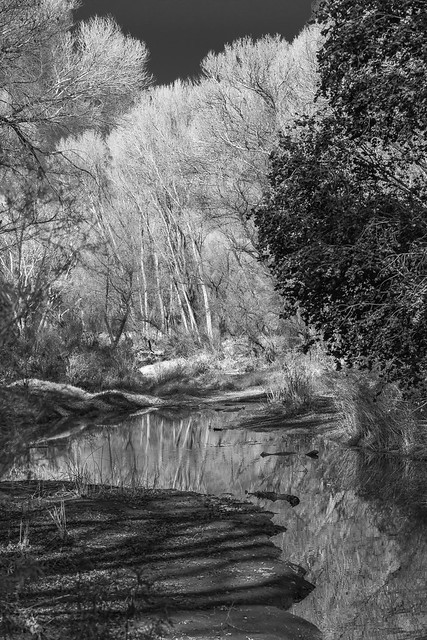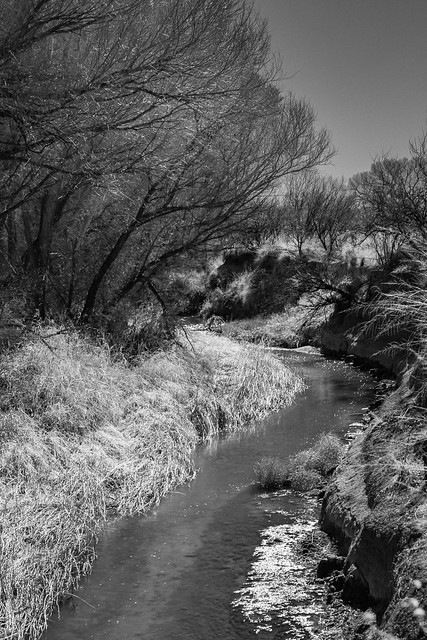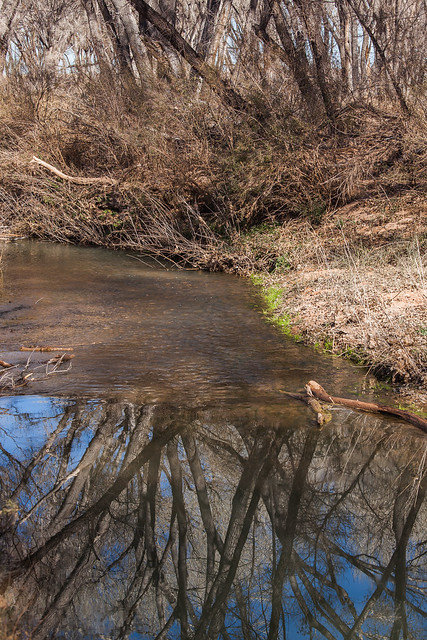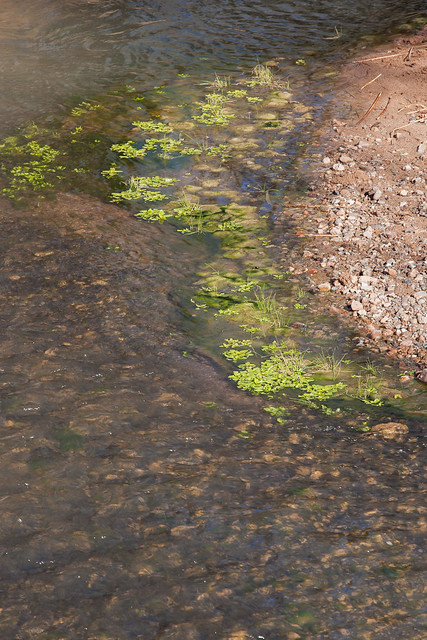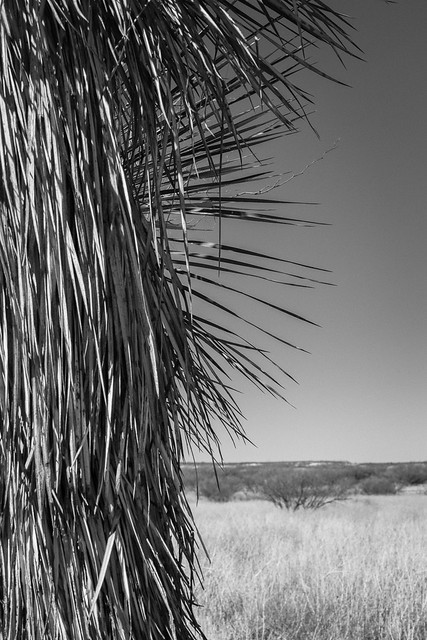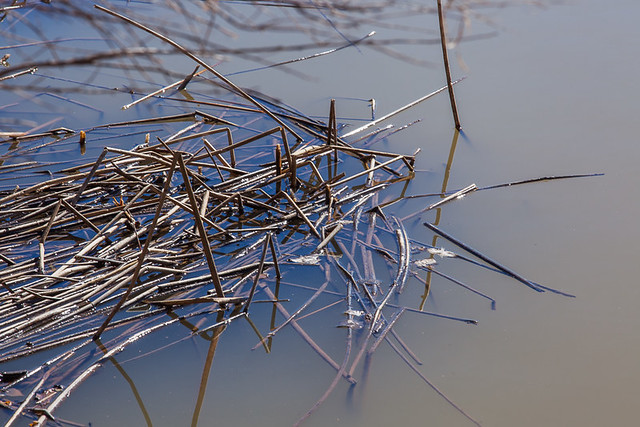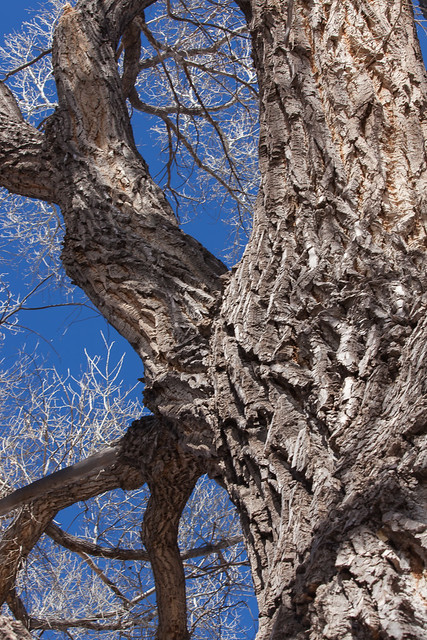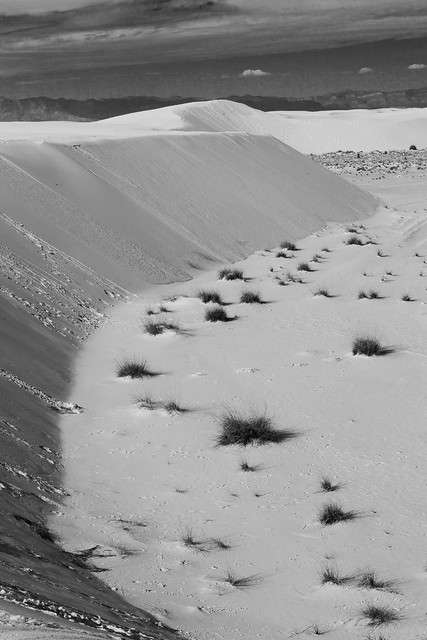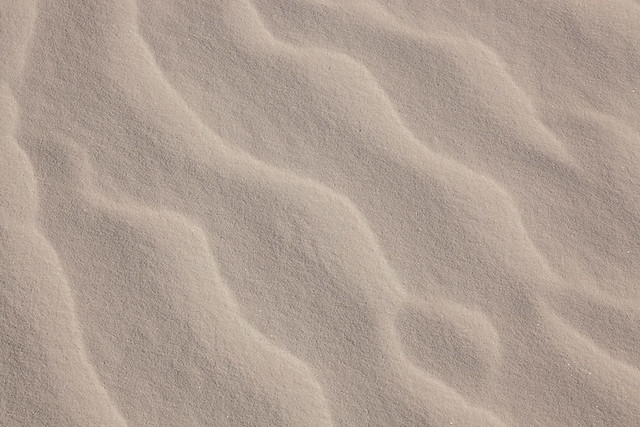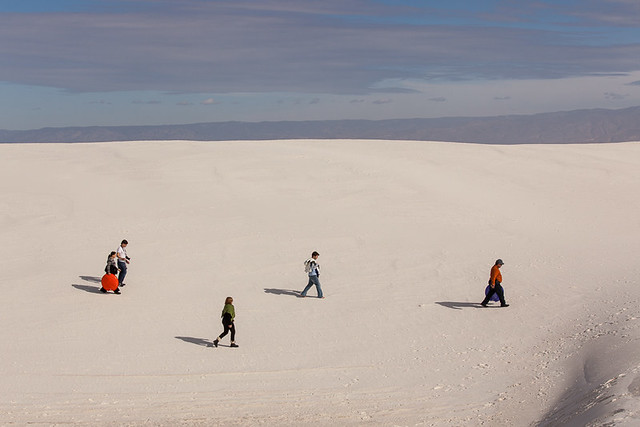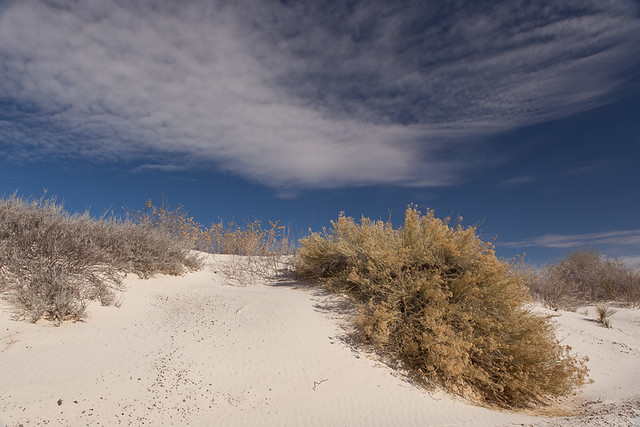This memoir project combines photography and writing, and focusing on the present.
The first option focused on taking photographs of your activities during one day. The second option encourages you to take a photo whenever you come across a “favorite” in your day — no schedule, just serendipity. Take photos over the course of a week, or a month, or on a continual basis.
Imagine having a collection of photos documenting what you love. What would a set of those photos tell you about yourself?
OPTION #2: FAVORITES
Take a photo of the your current collection of favorite books.
Take a photo of the books you own written by a favorite author. What makes this author special? Why are you attracted to his or her books? Is it the topic, the location, the genre, the authors way with words?
Take a photo of the clothes in your closet.
Take a photo of your favorite comfort outfit. And while you are rummaging in your closet, pull out your favorite dressy dress, your grungiest sweats, your reddest blouse, and the robe you still wear that you bought to wear your freshman year in college. Your favorite clothes are you. Take photos. Write a few notes, too. For example, why do you love your old robe so much? How do you feel when you wear your dressiest dress?
Take a photo of the most beloved piece of art you own.
Stop for a few minutes and write down why it is a favorite. How long have you owned it? Who is the artist? Was it an impulse buy from a local artist or a splurge for which you carefully budgeted?
Take a photo of a favorite meal.
What made it special? Was it the special ingredients? The cook who made it just perfect?
Take a photo of your bed made up with your favorite sheets, blankets, quilts.
What makes your bed special? Do you sleep under quilts hand sewn by your great-aunt? Are your pillow cases scented with lavender? Do you love the feel of silk sheets or down comforters?
Take a photograph of the TV screen (and you) while watching your favorite show.
(Substitute a movie, a sporting event, or a concert if you prefer.)
If possible, have someone take a photo of you watching your favorite show. Why do you like this particular television show?How do like to watch TV? With your feet propped up, totally relaxed? In your pajamas, at the end of the day? With a book in your hand or a computer on your lap?
What other favorites might you photograph?
A collection? A favorite flower in your garden? A favorite perfume? Favorite outdoor spaces?
This is the important part of the project – print those photos.
Don’t just store your photos on your camera or cell phone or leave them in a file on your computer. Print them. Get these photos printed. Then you can study these photos. Hold them in your hands. They will be available for they are inspiration or interpretation. They are memoir-photographs!
Take a few minutes to label them with place and time. Jot down a few words about what is happening in the photographs, or why you enjoy drink apple fizzy, or how you feel when you look at your favorite piece of art or listen to your favorite music.
Put the photographs and their annotations in your memoir container. They will be there, ready and waiting, when you are inspired to write. Writing prompts just for you. When you are ready, elements in the photos will tickle your memory and provide rich details for your writing.
Do you have a photograph in your stash that might inspire you to write that proverbial one thousand words, memories that might have been forgotten and not recorded without the inspiration from a “memoir-photo”.
